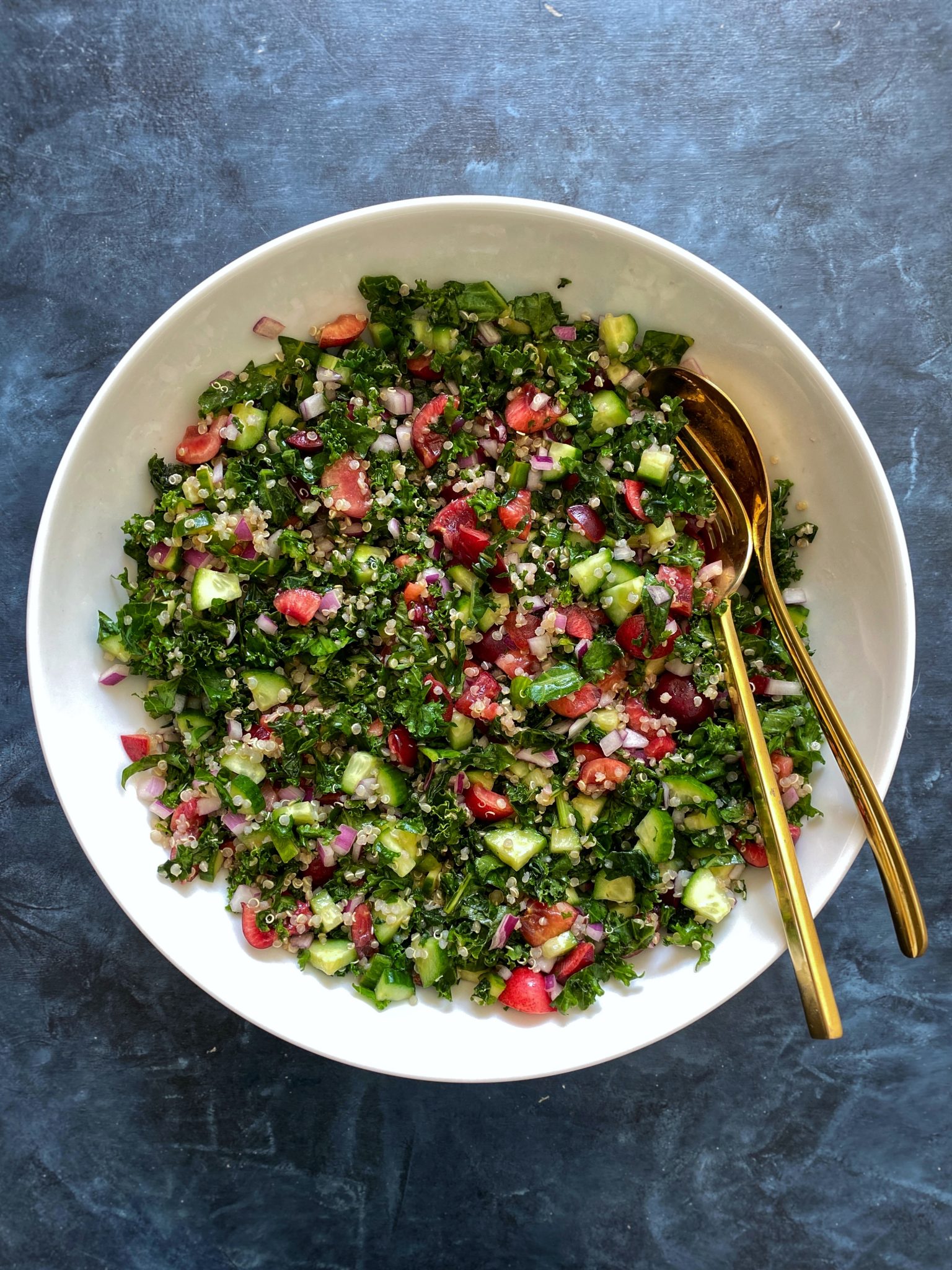
This Quinoa Tabbouleh might be the world's healthiest salad, even more so than its original form with parsley and tomatoes. Tabbouleh as it is, is already a nutrition powerhouse. Its main ingredient, parsley, is one of the most antioxidant-dense foods we know. Tabbouleh alone could be the reason that the Mediterranean Diet is considered one of the healthiest diets in the world!
But when you switch out bulgur for protein-packed quinoa, parsley for the different nutrition profile of kale, and anti-inflammatory cherries for tomatoes, tabbouleh might be even better because you're adding foods and nutrients that you might not already be eating.
What is Tabbouleh | Tabbouleh Health Benefits | Quinoa vs Bulgur | Kale vs Parsley | Cherries vs Tomatoes | Tabbouleh Ingredients | Substitutions | How to Make | Special Tools and Equipment to Make | What to Serve with Quinoa Tabbouleh | Variations
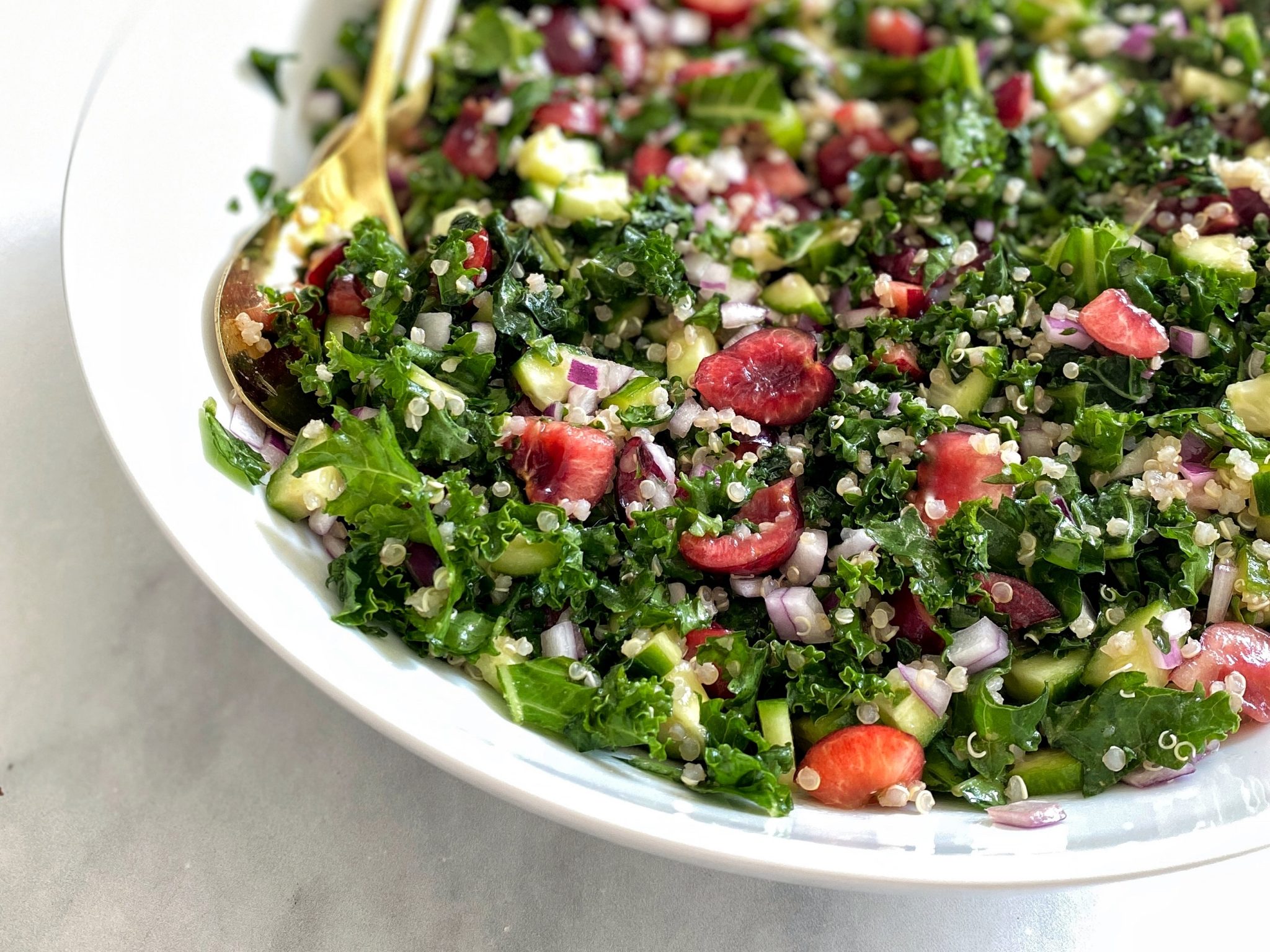
What is Tabbouleh
So what exactly is tabbouleh? Traditionally, tabbouleh is a salad made of chopped parsley, tomatoes, bulgur wheat, onions, and dressed with lemon juice and olive oil. Like so many recipes, there are a number of variations in the ingredients and the proportions. Different cultural cuisines have variations on a finely chopped parsley salad and call it by different names. Sometimes it is spelled in English as "tabouli."
How Healthy is Tabbouleh?
So if traditional parsley tabbouleh with bulgur is so healthy, why bother making these swaps? Well, it's not so much about taking out ingredients, as it is about shoving in ingredients with different nutrient profiles that you might not otherwise get. Let's do some lightweight analysis.
Maybe you're not eating tabbouleh because parsley has a pretty strong herbal, vegetal fragrance that can lean almost toward freshly mown lawn clippings? Kale, though slightly tougher, does have a less intensely leafy green essence and might be easier to eat than parsley, and you still get the nutrient rich benefits of fresh leafy greens.
On the flip side, I know people who absolutely will not eat a "kale salad," even though kale is so widely, loudly known as a nutrient powerhouse. I get that. Many kale salads just aren't that good by design. The leaves are too big to politely fit into your mouth and are naturally tougher than other salad greens. I would force myself to suffer through these bad kale salads for the nutrition "cause."
However, you can get fresh kale into your diet if you chop it up super finely, lightly massage it down with a high acid, high salt dressing, and add other ingredients that make the entire dish too good not to shovel with a spoon. Like this Quinoa Tabbouleh.
Why Quinoa vs Bulgur for Tabbouleh
Bulgur is cracked kernels of whole grains of wheat that are parboiled, so they cook faster at home. Think: in the same vein as rolled oats, which cook more quickly than regular whole oats. Because bulgur is a product of wheat, it is a true grain and contains gluten.
Quinoa, though it looks like a grain, is not a grain at all, but is actually a seed. It is gluten-free. Quinoa is indigenous to South America, and if you remember, at one point it was marketed as a "superfood." That terminology is debatable across the board, BUT quinoa contains all nine essential amino acids, making it a complete protein that's plant-based.
Nutrition-wise, both bulgur and quinoa are low in saturated fat and high in fiber, with bulgur edging out quinoa just slightly in both cases. However, cup for cup, quinoa not only has more protein than bulgur—8 grams of protein vs 5.6 grams per cup—but the protein in quinoa is a complete protein.
Because variety in your diet is key to making sure you get all the nutrients your body needs, adding quinoa when you already eat wheat (or other whole grains for that matter) in other parts of your diet, is a good way to get some added plant-based protein.
Obviously, if you are avoiding gluten, quinoa is the obvious choice because it is gluten-free.
Why Kale vs Parsley for Tabbouleh
If parsley is so nutrient dense, why substitute it out? Here's the truth. I love love love LOVE the idea of kale. As someone whose food focus is on nutrient-dense, anti-inflammatory recipes, I revere kale as a powerhouse.
But I don't find myself eating it as much as I would like because, honestly, I don’t actually like eating raw kale. I tried to like it. I really did. And for a hot second I thought I might have. I ate every kind of kale salad, roasted my own kale chips, sauteed it with garlic like it was a less shrink-y spinach.
When it comes to using kale as a leafy green in salad though, it lacks the refreshing crisp and satisfying crunch of actual lettuces. That's because kale isn't really a lettuce. It's a member of the Brassica family, along with broccoli, Brussels sprouts, and cauliflower. And given the choice of brassicas for cooking or roasting, I'd choose broccoli or Brussels sprouts over kale.
Nutrition-wise, parsley and kale have different profiles. But shockingly, I eat a lot more parsley in the form of salsa verde, pesto, and even secondary salad greens, than I do kale. So if there's an opportunity to add some kale, why not take it?
Why Cherries vs Tomatoes for Tabbouleh
Tomatoes are the richest dietary source of the phytonutrient lycopene so there's actually a reason to add MORE tomatoes. But the average person has easier access to tomatoes, which are available year round-ish, than to cherries, which have a very short early summer season. Because cherries have an impressive nutrient profile, it's worth substituting them IN when they're available, and eating tomatoes that are available the rest of the 11 months of the year.
Now some back story: there was a point in time when I was actually allergic to tomatoes. There is an even longer back story as to how I developed that allergy, but that's drama for another day. So much of what and how I eat, plant-forward, Mediterranean, involves tomatoes, that I had to find ways to substitute. In fresh preparations like salads, making a substitution is pretty easy. Any tart, subtly sweet fruit is a perfect stand-in for a tomato, which is actually a fruit, too.
Cherries are a natural (to me) substitute for tomatoes. They have the right color, obviously, and though the common sweet cherries are little, well, sweeter, than tomatoes, sour cherries can add the same kind of tomato tartness.
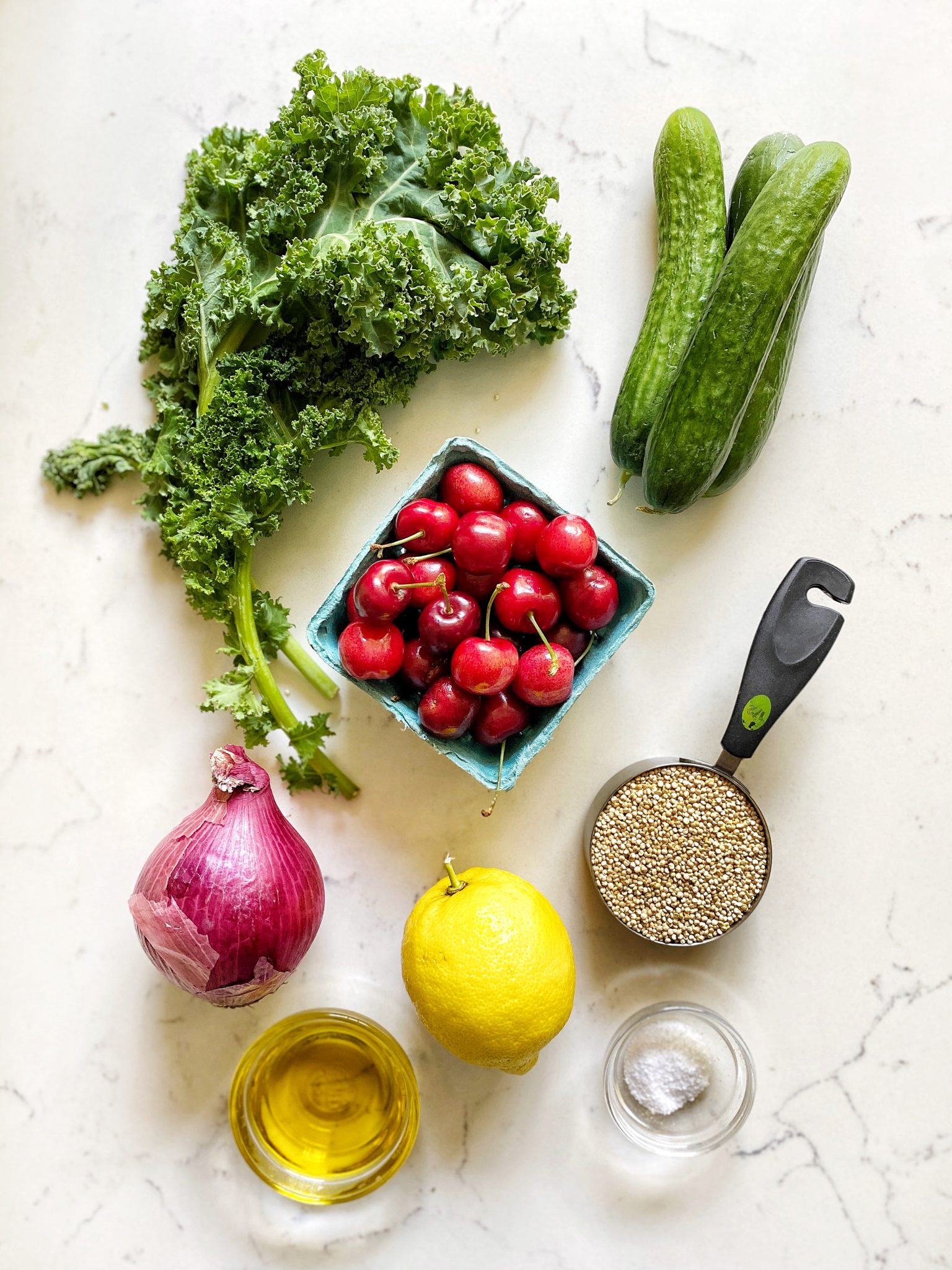
What You Need for Quinoa Tabbouleh with Cherries and Kale
Quinoa Tabbouleh only has five main ingredients. And even if you add in the seasoning ingredients lemon, olive oil, and salt, that's only eight total ingredients for a super flavorful salad. You will need:
- Kale. Any variety of kale works, though I have a preference, see below
- Cherries, fresh, and if you can find tart cherries, even better
- Cucumbers for that satisfyingly refreshing crunch
- Quinoa. A protein-packed substitute for the more traditional bulgur. It has a different nutrition profile that might be better suited for certain dietary needs (gluten-free, plant-based protein)
- Red onions for the bite
- Lemon for that acid hit
- Olive oil, salt, and black pepper (if you like black pepper) as usual
Ingredients Notes and Substitutions
Kale. You can use any variety of kale, but my personal preference for Quinoa Tabbouleh is green kale aka curly kale, rather than Tuscan aka lacinato kale or Russian Red kale. Not only is curly kale brighter green, but the curls give the tabbouleh a little more texture and volume.
Cherries. Fresh cherries are in season in the US from May to August. The cherries we see in regular grocery stores are sweet cherries like yellow Rainier cherries and dark red Bing cherries. Any variety is fine for this recipe. If you live in a cherry growing region or near a Middle Eastern market, you might be able to find sour cherries. If you can't find fresh cherries, substitute the equivalent amount of chopped strawberries, or go back to the OG tomatoes. Do not use dried cherries or frozen cherries.
Cucumbers. The small, thin-skinned Persian cucumbers are always my go-to cucumber. They are tender and do not require peeling, which means you get the nutrition benefits of eating chlorophyll-rich green skin. English hothouse cucumbers also have a thin skin. If you have to use regular cucumbers, peel the tough skin off and scoop out the seeds before chopping.
Quinoa. There are many varieties of quinoa that range in color and texture from dark black to soft white. Different varieties are suited better to different uses. I used white quinoa in this recipe and almost always for any other preparation because I prefer the soft texture. I often substitute quinoa for rice, and the white quinoa is closest in texture to rice. In a salad, red and black quinoas are great because they hold their shape very well. This is the brand of quinoa I use.
Red onions. Soak the chopped red onions in ice cold water to pull out some of the stronger onion flavor. Since you soak the red onions for 10-15 minutes, chop them first and start soaking them. While they're soaking, prep the other ingredients.
Olive oil. I use this brand of every day olive oil for salads when the flavors of the other ingredients are pretty strong and the olive oil won't be as prominent.
Salt. I use this Kosher salt.
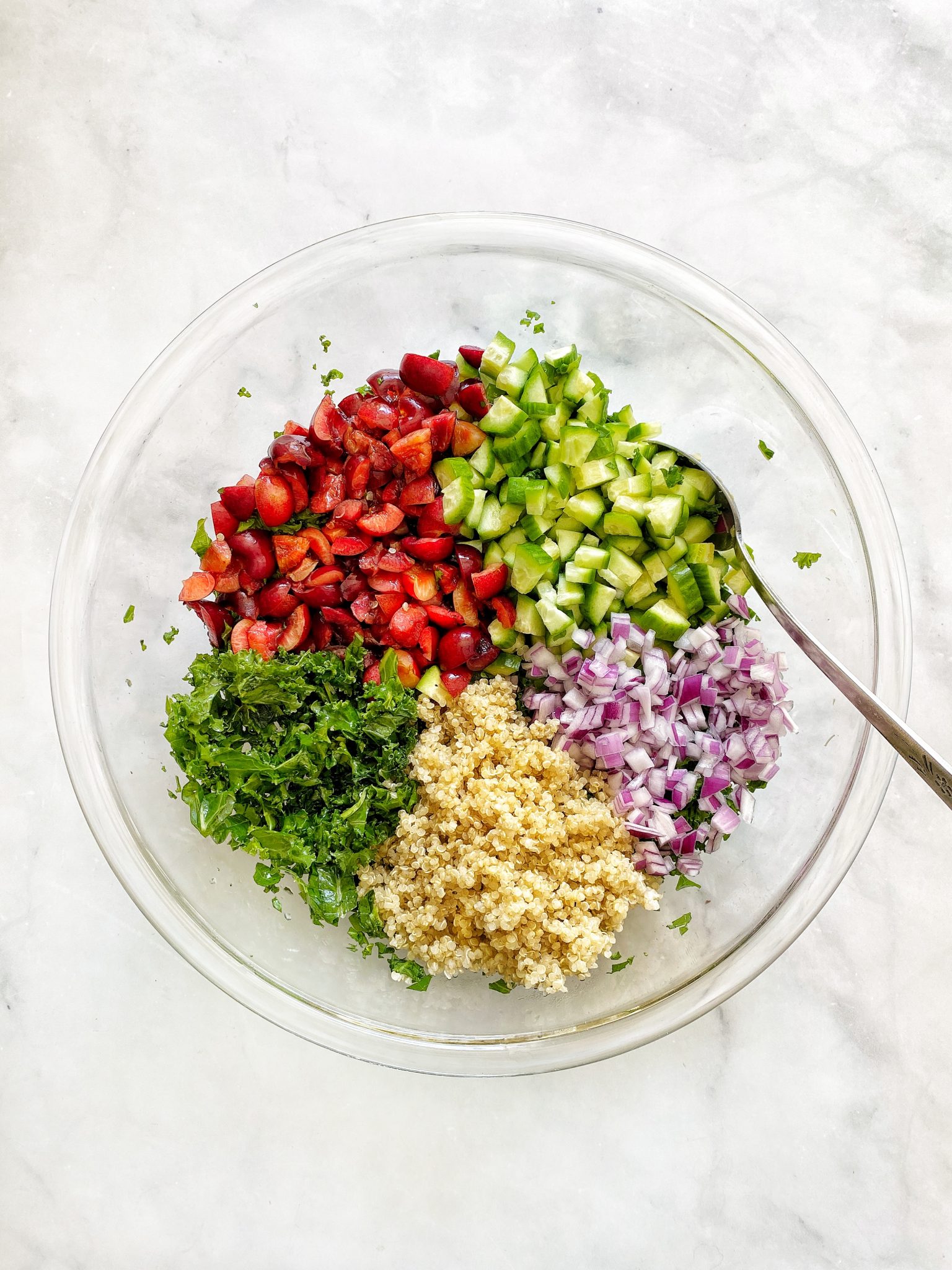
How to Make Quinoa Tabbouleh
The most crucial part of making Quinoa Tabbouleh is making sure the kale is super finely chopped. Not only does a fine chop make the kale more digestible, it makes the salad easier to eat. The tabbouleh should be spoonable. Spoon salads are a way of life.
Once the kale is super finely chopped, you can choose to lightly massage lemon juice and salt into the chopped leaves to further soften the kale. However, because the leaves are so finely chopped, you can skip this step.
(When you make future kale salads in which the kale pieces are larger than a pumpkin seed, do not skip the massaging step!)
After that, you just toss everything into a mixing bowl and toss together with lemon juice, olive oil, and salt!
Tools and Equipment for Quinoa Tabbouleh
The only special equipment you might need for this recipe is a cherry pitter. However, because I am LOATHE to recommend that you buy a tool that does only one job, I highly recommend you simply pit cherries with a wine bottle and a chopstick. You will also need:
- Salad spinner. You have to get the kale really REALLY dry so it can soak up the seasonings when you massage it. I have been using the same salad spinner for 100 years because I am too cheap to buy a new one when this one still works perfectly fine. They don't make things like they used to. Oh my god I am my Dad.
- Cutting board
- Santoku knife, which I find easier to use for chopping sturdier vegetables, including kale
- Citrus juicer for the lemon
- Glass mixing bowls. I use these to toss salads. I also use them to eat out of when I'm too lazy to get a proper salad plate and also don't want to wash another damn dish.
As a side note, you can in fact use a cherry pitter to pit olives as well, but honestly, that just seems like overkill. When would you ever need to have a very cleanly pitted olive other than for stuffing with blue cheese for a martini? In which case, just buy pre-pitted olives. Ok, that's my rant for the day.
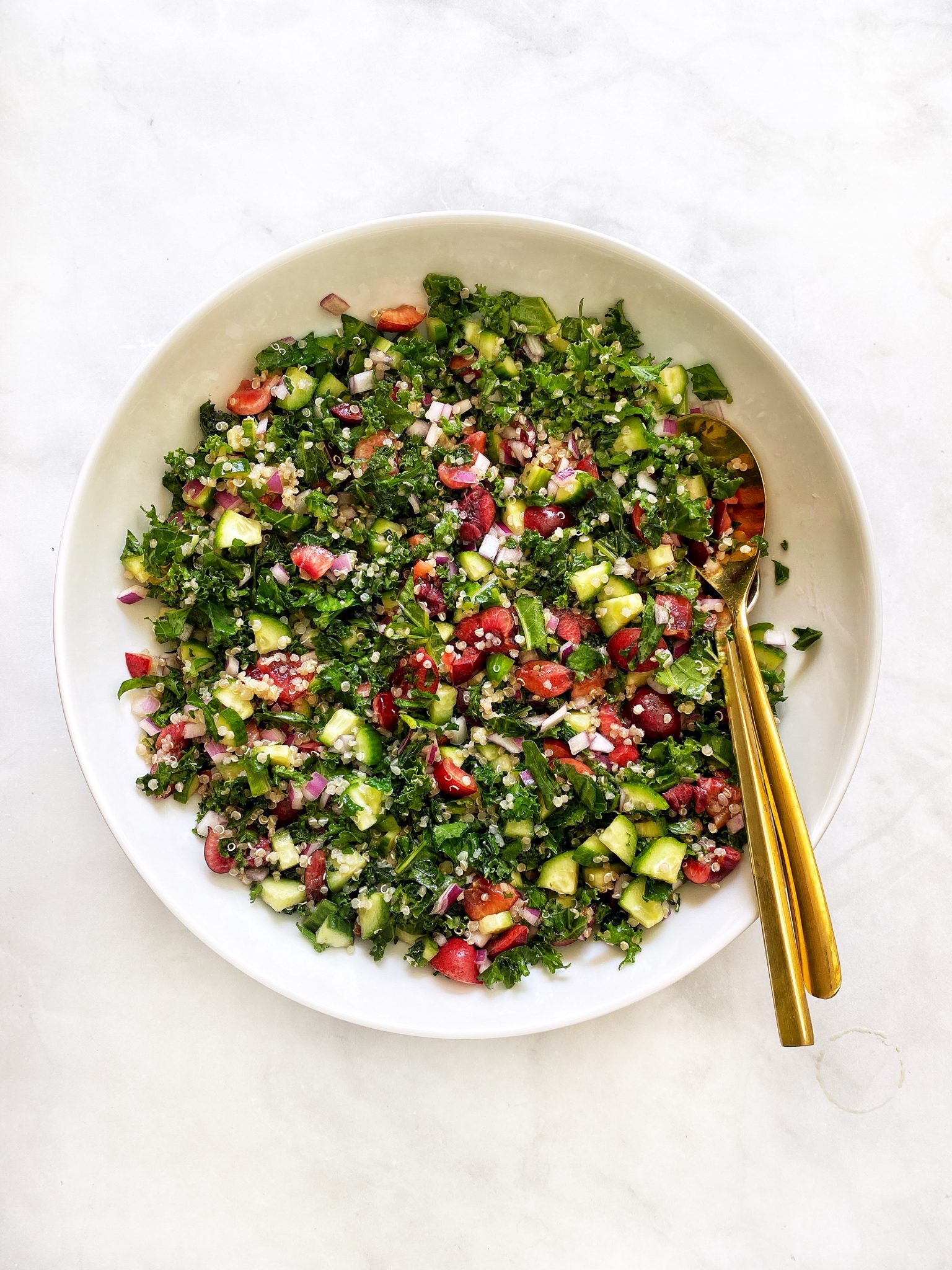
What to Serve with Quinoa Tabbouleh
Tabbouleh is commonly served as part of mezze, a Mediterranean style of serving and eating a lot of hot and cold appetizer-sized foods like hummus, baba ghanoush, and falafel. You can use torn pita bread, pita chips, and even romaine lelttuce leaves to scoop up the Quinoa Tabbouleh.
To put together your own Mediterranean Mezze feast, make this Quinoa Tabbouleh, along with these additional recipes. Serve in their own bowls and plates or place them on one Epic Mediterranean Mezze Platter:
- Classic Hummus recipe, super easy using canned chickpeas
- Tzatziki
- Beet Tzatziki
- Zucchini Ghanoush
- Whipped Feta
- Sweet Potato Skordalia
Since Quinoa Tabbouleh is essentially a very finely chopped salad, serve it like you would any other leafy greens-heavy salad. It can be a side dish to a larger main dish like a spice-rubbed grilled chicken or simple seared salmon. You can also eat a huge bowl by itself as a salad with a little extra protein added on top. To keep it vegetarian, add chopped nuts or chickpeas. I may or may not make a dinner party size batch of Quinoa Tabbouleh, and eat it all by myself over the course of a few meals.
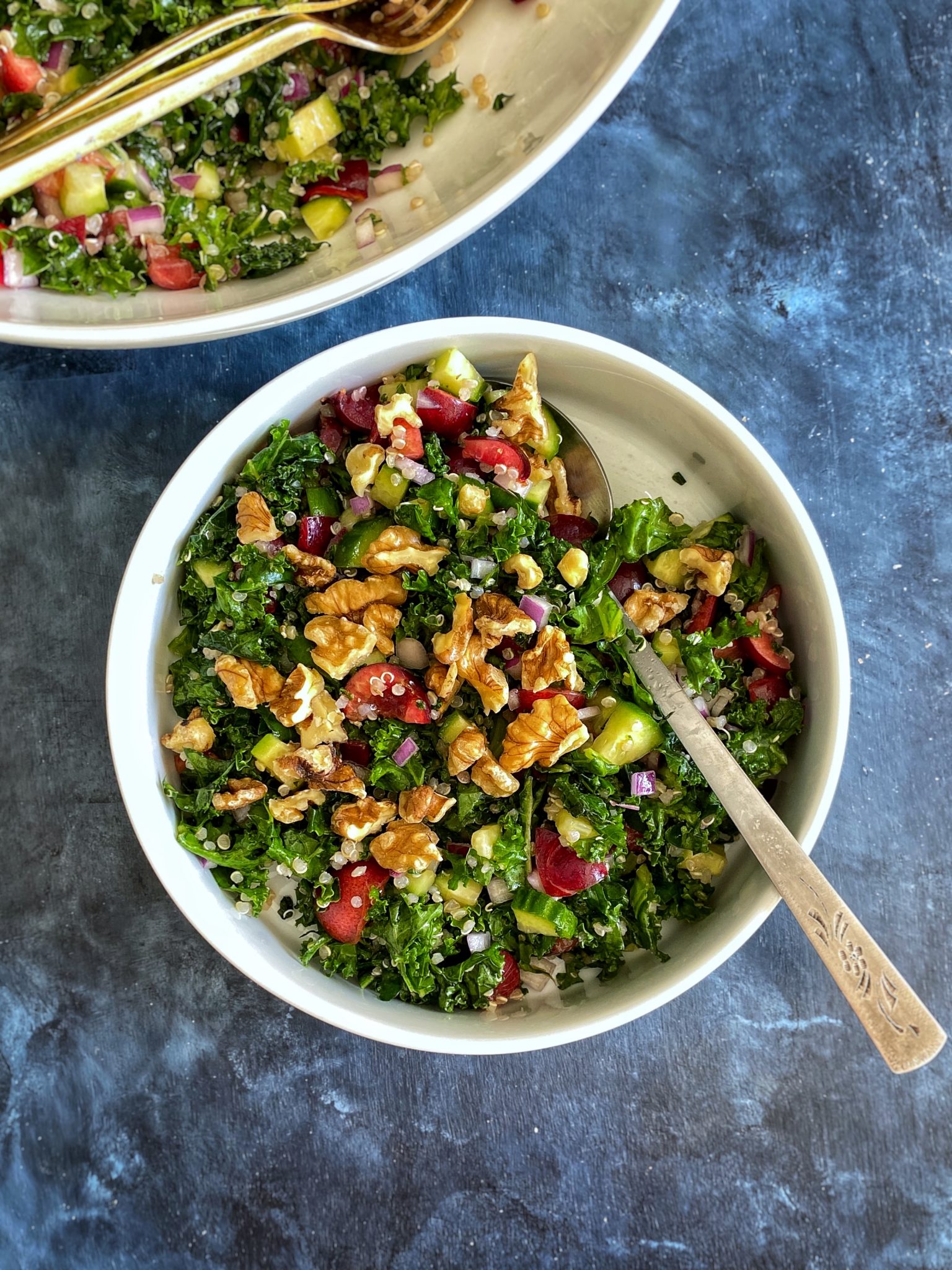
Tabbouleh Variations
If we're going as far as replacing almost every ingredient in traditional tabbouleh save the lemon juice and olive oil, why not try a few more variations to really get some different leafy greens, vegetables, and red fruit into your diet? Here are some suggestions:
- Start with chopped parsley or kale or both. There aren't too many other "neutral" leafy greens with the same nutrient density.
- Add a few tablespoons of chopped fresh herbs like mint
- For the tart red fruit, try chopped strawberries in spring, persimmons in fall, and pomegranate arils in winter.
- You can make tabbouleh really really grain-free by using chopped cauliflower "grains" instead of bulgur or quinoa. That's a pretty massive fiber hit there.
- Instead of red onions, use green onions/scallions
- Instead of cucumber for crunch, you can try apples in the fall. Chef Michael Solomonov of Zahav in Philadelphia makes a version like this!
Quinoa Tabbouleh recipe with Kale and Cherries
Ingredients
- 1 bunch kale thick center stems removed, leaves measuring about 3 cups packed
- 3 Persian cucumbers finely chopped
- 2 cups cherries pitted and chopped
- ½ small red onion finely chopped
- 1 cup cooked quinoa
- juice from 1 whole lemon, about ¼ cup plus more as needed
- 1 teaspoon salt plus more as needed
- ¼ cup olive oil
- optional: ground black pepper
Instructions
- Very finely chop kale leaves, pieces about the size of pumpkin seeds. Place chopped kale in a large mixing bowl. Add half the lemon juice and half the salt. Lightly massage the lemon juice and salt into the kale leaves to further break down the kale.
- Add chopped cherries, cucumber, red onions, and quinoa to bowl. Add remaining lemon juice and salt. Toss ingredients together, then drizzle with 2 tablespoons of the olive oil.
- Taste and add more lemon juice, salt, and/or olive oil. Season with fresh cracked black pepper if you're into that.
- Leftovers can be stored in an airtight container in the refrigerator for one day. After a day, the tabbouleh will not be bad, but the kale and cucumbers will be soggy.


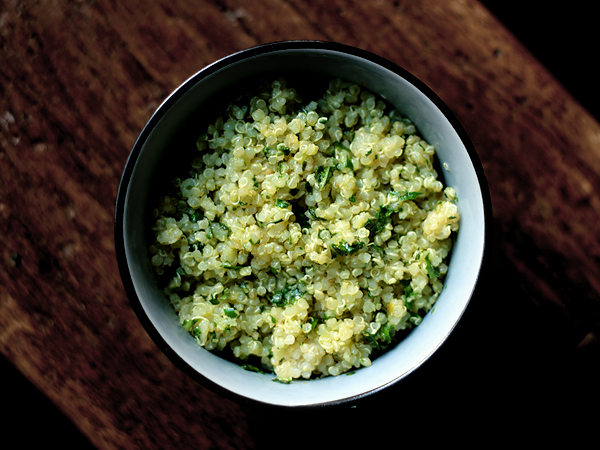
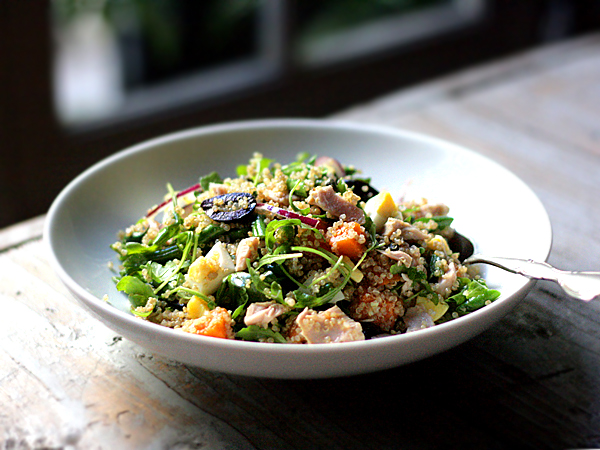

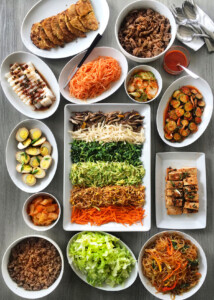
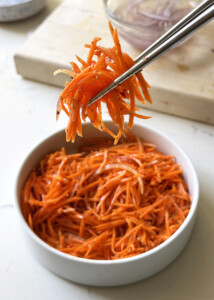
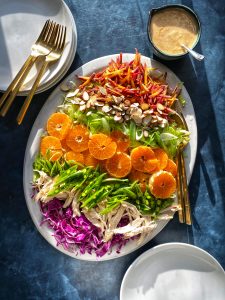
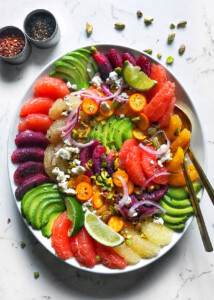
Anonymous says
...
Mary says
This is no longer tabbouleh. You changed every single ingredient from the original version.
Audrey says
That’s like saying The Lion King is no longer Shakespeare’s Hamlet because every human character has been replaced by a lion lol.